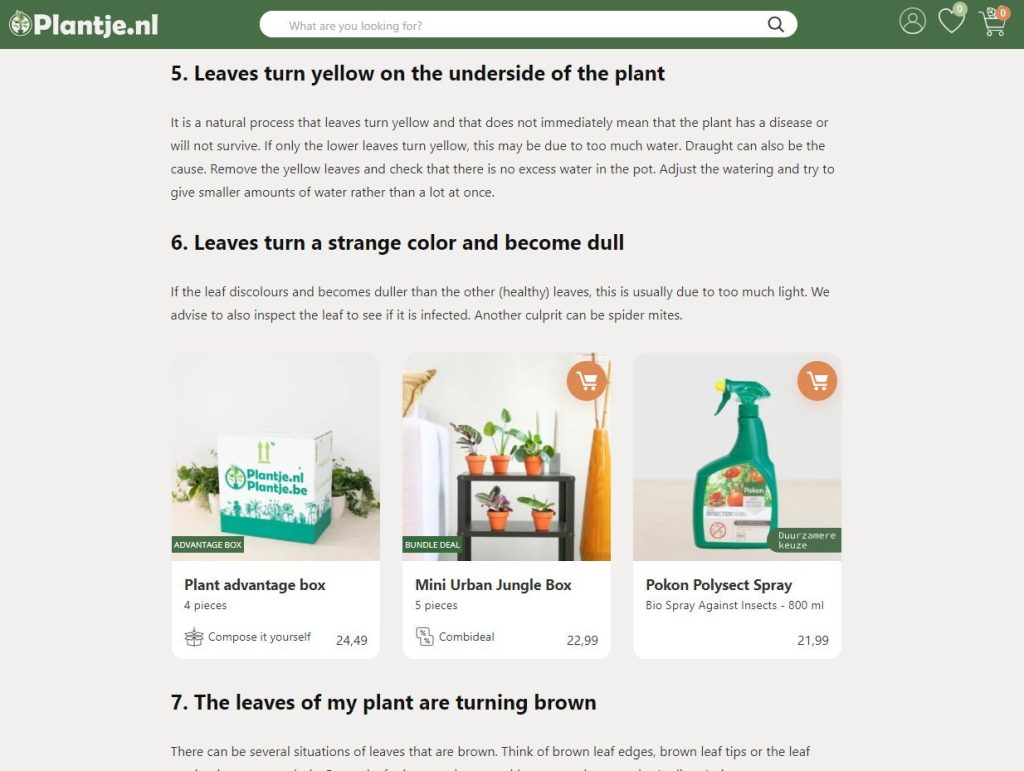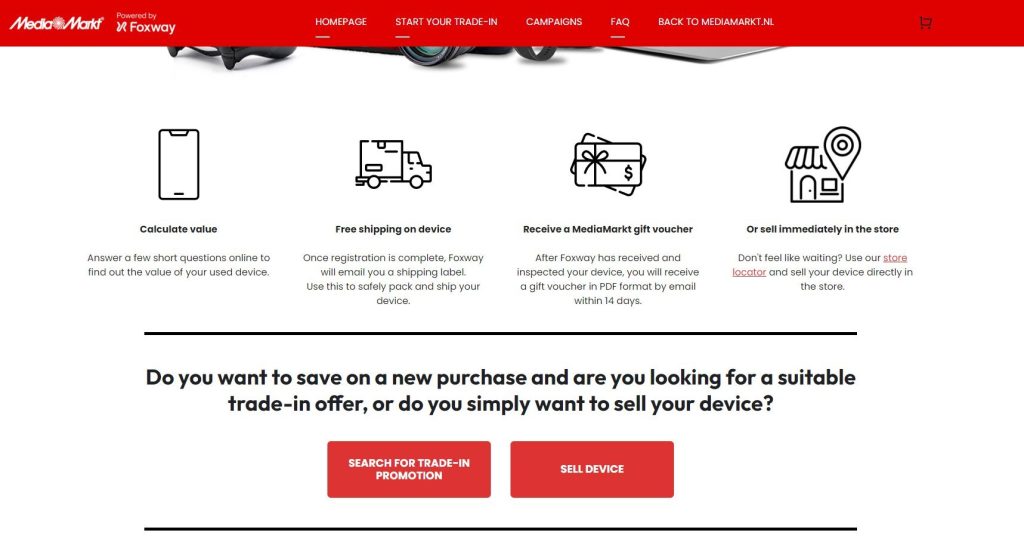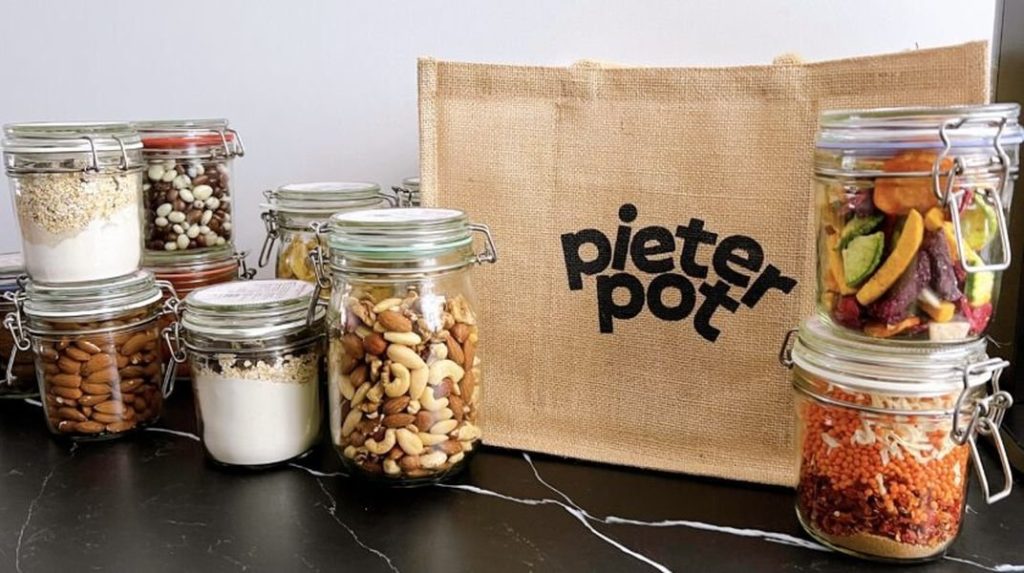Sustainability is becoming an increasingly important theme in today’s society, and companies like yours can play a crucial role in the circular economy (figure …). At Click-Pax, we have an ambitious mission: together with our customers, we aim to save the Amazon rainforest by 2033. For perspective, the Amazon contains approximately 80 to 120 billion tons of material, which equates to about 146.8 billion tons of CO2 that we aim to save.
To achieve this goal, we work with our customers to promote circularity.
You are likely overwhelmed with terms such as circular economy, but what does this really mean? In this blog, we discuss three practical principles you can apply to make your business more circular.
Extend the lifespan of products
An important aspect of the circular economy is extending the lifespan of products. This can be achieved in several ways. Firstly, offer your customers the option to repair products instead of discarding them. This can be done by providing a repair service or by making detailed instructions and parts available for self-repair. Repair services can, for example, be integrated into the return process, allowing customers to easily send back defective products for repair.
Right now a lot of our customers are webshops and garden centers selling plants online. At first instinct repairing a plant sounds strange, you can’t replace a leaf or screw in a flower.
But you could offer a solution as to how to heal a sick plant for example. And if it is too expensive to create something like this, just referring to a website or app (e. g. Flora or Plantix) that does this allows you to contribute in a very accessible way. Plantje.nl does this on their website and makes the most out of it by posting direct links to products like fertilizer and insecticide next to the articles describing how to heal your ill plants. https://www.plantje.nl/wat-is-er-mis-met-mijn-plant/

Or you could offer a water reminding service for example by having an automated text every week that tells the customer to water the plant if they have trouble keeping track of that themselves (like many of us do). In this case there are again plenty of apps to track when to water your plants, you could even just write a small tip in a customer email or on the invoice to set a recurring event in the customers digital agenda.
These small gestures show your customers that you encourage sustainability. Even though you don’t make a direct profit, getting on a customers good side can repay itself in word of mouth advertising and returning customers.
Reuse and Recycling
The reuse of materials and products is another pillar of the circular economy. This can be achieved by introducing take-back programs where customers can return their old products. These products can then be refurbished, repaired, or recycled. By offering customers a small discount or reward for returning their old products, you can encourage participation in these programs. The german electronics store MediaMarkt allows you to return or even sell them products in exchange for store credit even if you did not buy them from them in the first place. They will then either refurbish the product, scrap it for usable parts to refurbish other products or dispose of it in the proper manner. https://inruilservice.mediamarkt.nl/

For plants this might be a little different. If a plant dies, (usually) you can simply compost it or discard it with your kitchen scraps and other organic waste. For dead plants a return program does not make much sense because the dead plant has no valuable components inside like electronics do.
But sometimes consumers don’t want a plant anymore for whatever reason. In this case a reward program for returning healthy but unwanted plants might just make sense. These plants can be resold. As mentioned before, by giving the consumer a small reward (for example a discount) they are more likely to shop at your store again.
Whatever you want to happen with the product after the customer is done with it, it is important to make it clear to the customer how to properly dispose of the product, whether it’s sending it back, throwing it out or composting it.
Packaging
Packaging is often developed for optimal consumer experience and not for sustainability. Like in the case of Apple. If you have ever seen the box of an Apple product, you know the box is completely in line with the brand and opening it feels very luxurious. Some people throw the box out immediately after opening their new product. Others keep the box until the warranty expires, until they replace the product or any other amount of time. But the box always ends up in a linear route to the trash and due to its material and print its hard to recycle meaning it is often incinerated to reclaim some energy. This is not sustainable or circular, but that is not what packaging has to be. Your packaging can be part of the circular economy.
This not only reduces waste but also demonstrates your company’s commitment to sustainability. Think about using reusable packaging, recyclable cardboard boxes, biodegradable packaging materials, and minimizing excess packaging. By informing customers about the sustainable choices you make for packaging, you can increase their awareness and encourage them to act more sustainably too by disposing of the packaging correctly.
Pieter Pot is a dutch company that sells groceries (largely) in reusable glass jars. The empty jars get collected, cleaned and used again. This is a very circular business model.

In conclusion…
By implementing these 3 steps, you can start contributing to the circular economy. A truly circular product or economy is virtually impossible in today’s society, even the car from the first example produces waste. But by taking one small step at the time, we can slowly turn our linear economy into one that spirals up, until we reach the true balanced circular path. Doing so will not just benefit the environment, but you will also create value for your customers by offering more sustainable and longer-lasting products.
Together, we can make a difference!
Visit our website (click-pax.com) for more information and innovative packaging solutions from Click-Pax.
